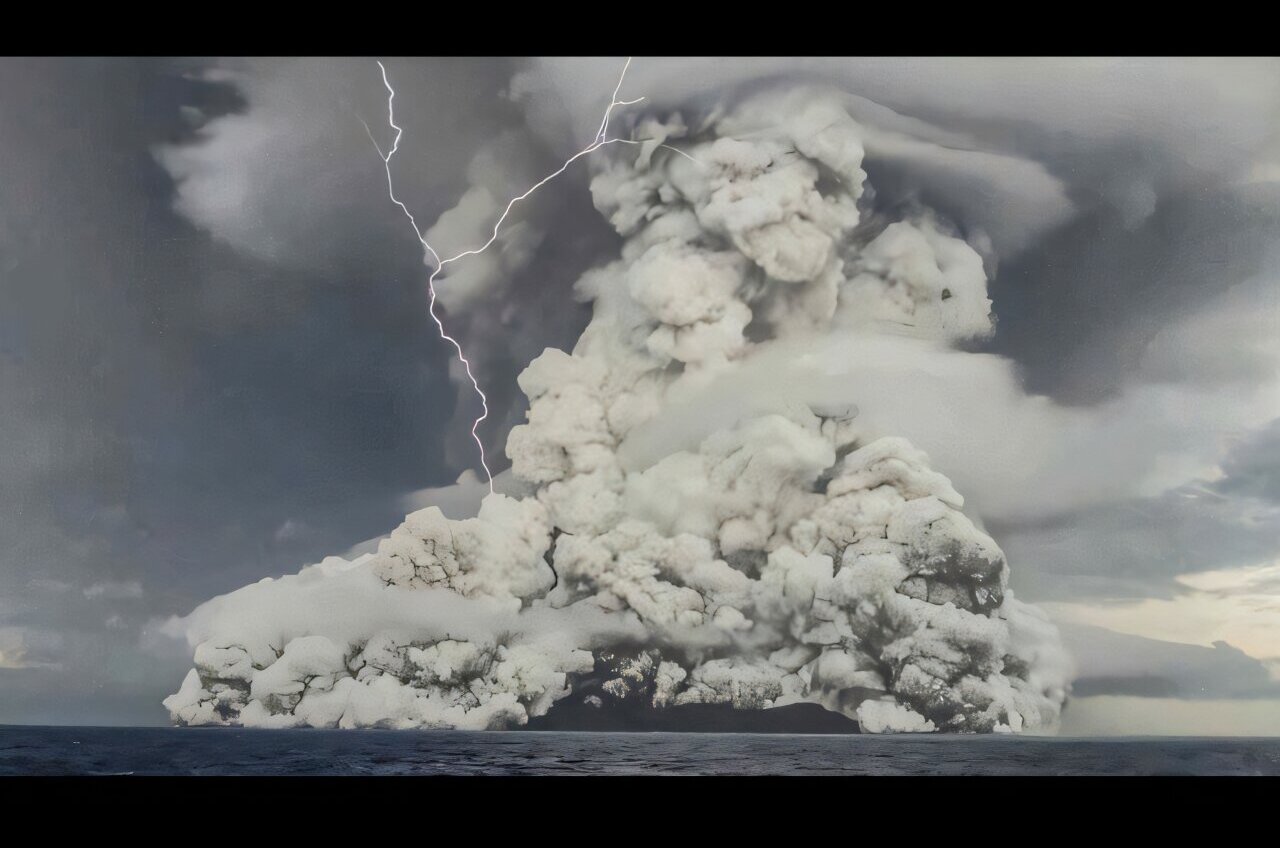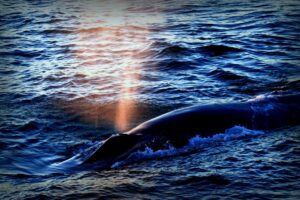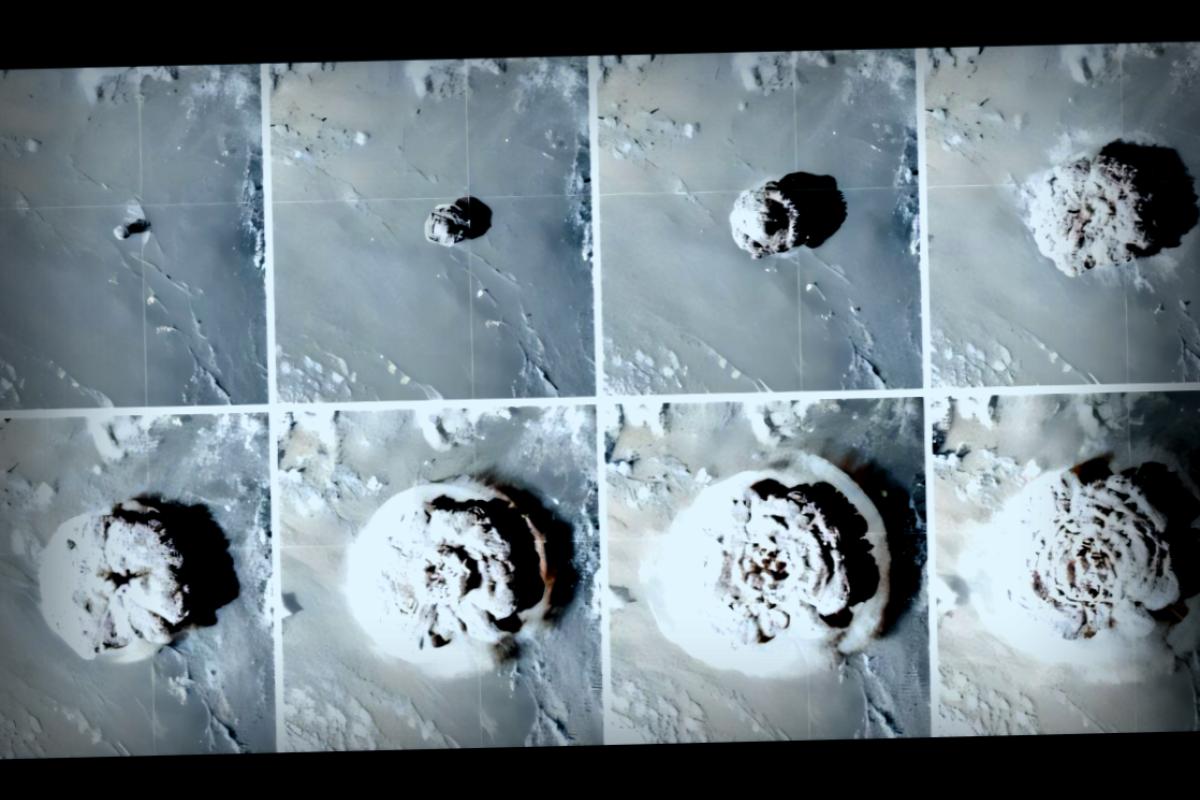In January 2022, a colossal volcanic eruption at Hunga Tonga–Hunga Ha’apai in the South Pacific sent shockwaves echoing through the air, even reaching as far as Alaska. These atmospheric waves generated seismic effects that penetrated the Earth’s surface to depths of over 5 kilometers, providing a unique opportunity to investigate what’s going on underneath Alaska.
Ken Macpherson, a researcher from the University of Alaska Fairbanks Geophysical Institute, alongside his team, studied how these atmospheric pressure waves interacted with the ground. This investigation allowed them to measure the speed at which seismic waves travel through the upper crust of Alaska.

By analyzing the strength of incoming pressure waves and the seismic waves they generate, scientists can learn about the properties of the subsurface materials. To illustrate, it’s similar to blowing over a bowl of Jell-O versus brownie batter. The Jell-O will jiggle, while the brownie mix remains almost still because it’s denser and stiffer.
According to Macpherson, “The pressure waves from Hunga Tonga have given us incredible insights into how seismic waves move in Alaska. It’s truly fascinating to consider that tremors were felt so far away from the eruption site, and many of these were long-period waves that reached deep into the Earth.”
His team’s findings on seismic velocities at various depths, including 30 meters, 2 kilometers, and 5 kilometers, were published in the journal Seismica.
The Details of the Eruption
The immense eruption on January 15, 2022, is considered one of the most powerful volcanic events in recent history, generating atmospheric waves more significant than any recorded since the historic Krakatau eruption of 1883.
Macpherson emphasized the uniqueness of this explosion, saying it represented an unprecedented volcanic event in contemporary instrumentation, highlighting that shockwaves affected regions 6,000 miles away in Alaska.
A network of around 150 sensors across Alaska recorded the eruption’s data for research use. Typically, detecting signals 5 kilometers below the surface via air-to-ground coupling is rare; the power from Hunga Tonga’s explosion was a necessary exception, allowing for deeper geological study.
Understanding Air-to-Ground Coupling
So, how does an atmospheric wave translate into ground vibrations deep underground? When these powerful pressure changes enter the atmosphere, they exert forces that cause the ground to shake in a process known as air-to-ground coupling.
As described by Newton’s Second Law, the energy from the wave transfers into Earth’s interior through particle movement, creating seismic waves with both kinetic energy from particle motion and elastic energy due to ground deformation.
Insights from the Waves
This research holds significant implications for seismic hazard assessment, as the speed of waves affects ground motion levels. Macpherson noted, “When a fast wave transitions to softer material, it conserves energy but slows down. This can lead to increased shaking at the surface, which is crucial for seismic preparedness.
Understanding upper crustal velocities not only aids seismic hazard assessments but can also enhance the accuracy of earthquake detection by providing operators at places like the Alaska Earthquake Center with valuable context on subsurface conditions.
Furthermore, Macpherson’s work has potential applications in tomography—a method seismologists use to produce three-dimensional maps of underground features by studying seismic waves as they react to different materials. His research indicates that knowing about upper crustal properties can significantly refine tomographic results over substantial distances.
Co-authors of the research include David Fee, Stefan Awender, Bryant Chow, Juliann Colwell, Sam Delamere from the UAF Geophysical Institute, and Matthew Haney from the U.S. Geological Survey.
Further reading on this topic: Kenneth Macpherson et al, Alaska Upper Crustal Velocities Revealed by Air-to-Ground Coupled Waves From the 2022 Hunga Tonga-Hunga Ha’apai Eruption, Seismica (2025). DOI: 10.26443/seismica.v4i2.1557




















